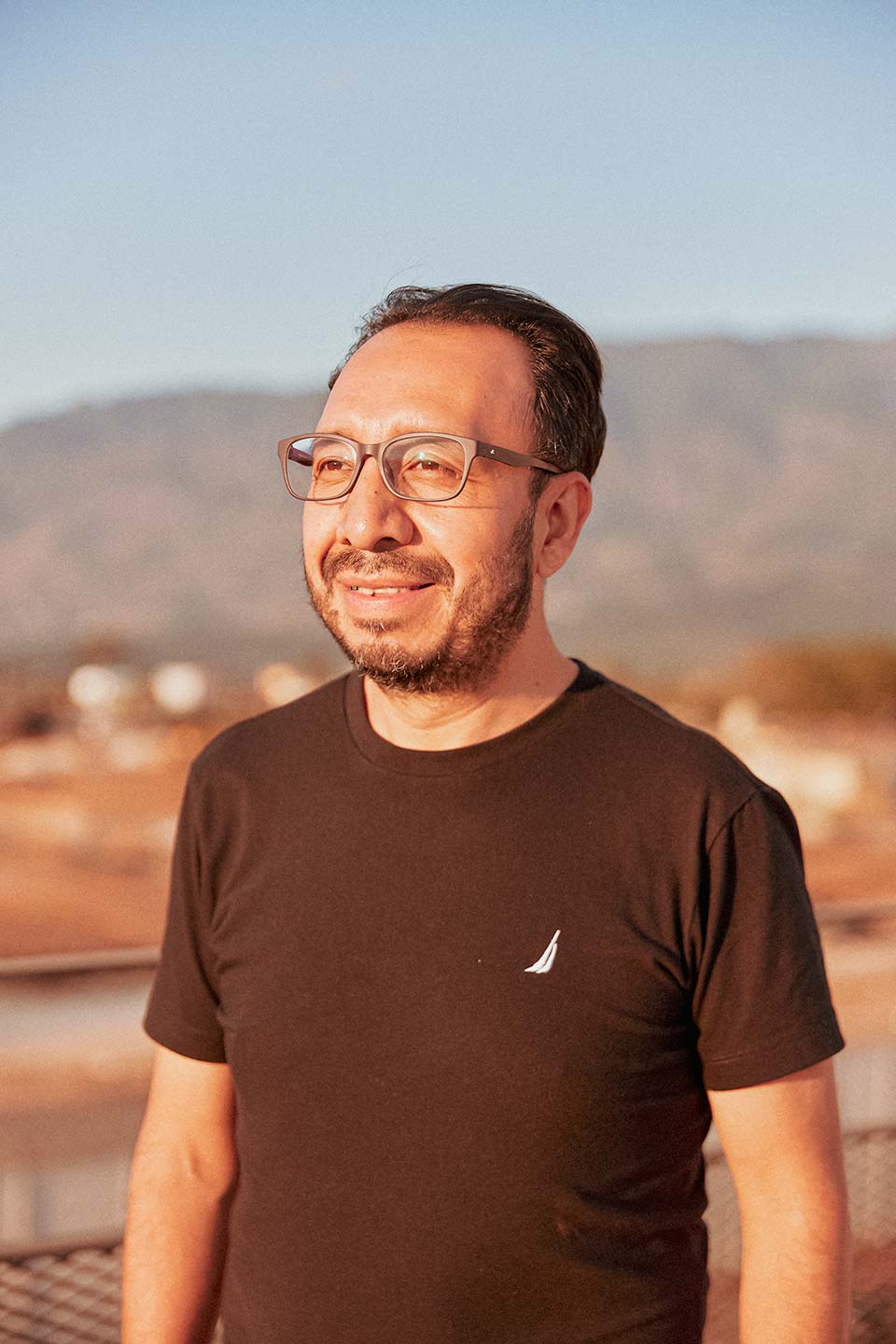
Making Guatemalan Coffee’s Diversity Shine Through
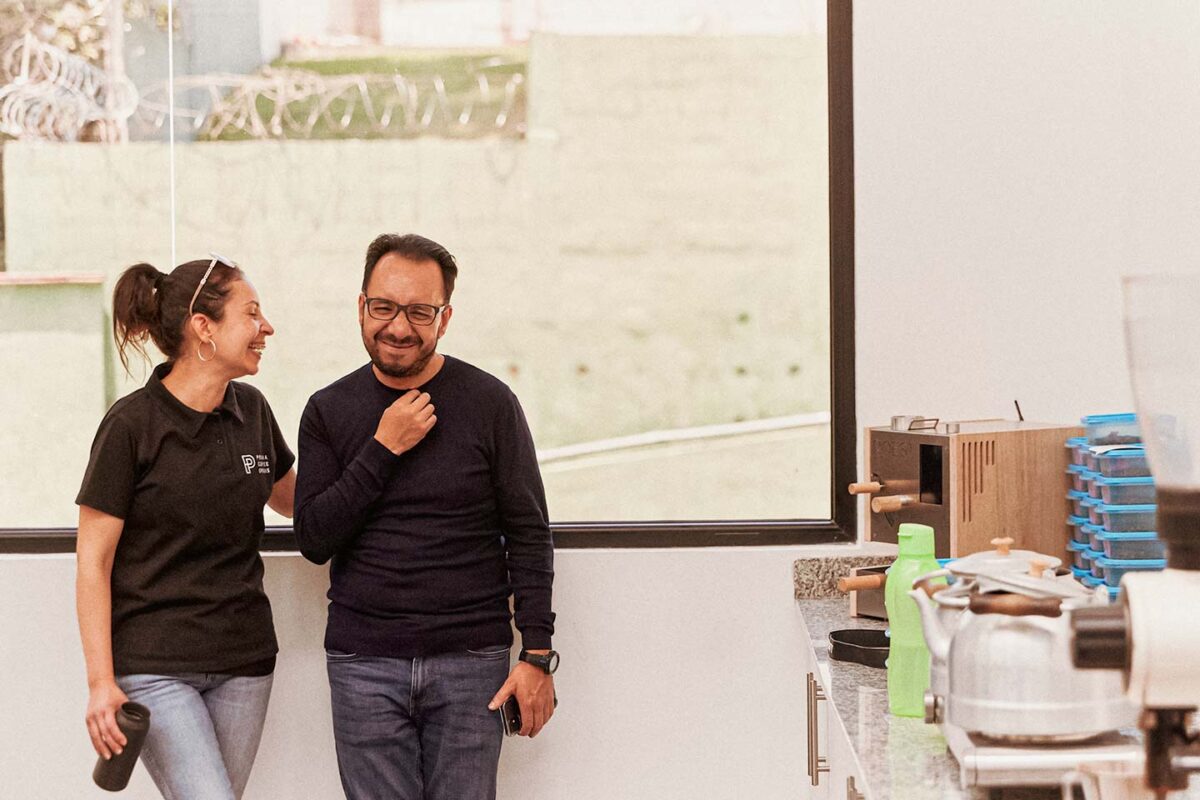
There is a Guatemala-based coffee exporter whose name means “prism” in Spanish. Prisma Coffee Origins was established in 2013 by Eduardo Ambrocio, a coffee industry veteran who played a key role in quality control at ANACAFE (Guatemala Coffee Association). The company works with around 40 producers to provide consulting services that add value to their coffees. They then match these unique coffees with customers in Asia, Europe, and the United States whose preferences align with their distinct characteristics and taste.
Eduardo is not just an entrepreneur, but also an international cupper and the head of a Cup of Excellence jury. “My mission is to help producers bring their vision to life,” he explains. As part of his job, Eduardo conducts cupping sessions at farms to understand the unique character and personality of each coffee, as well as the passion of its producer. After more than three decades in the industry, what continues to drive his enthusiasm? We spoke with Eduardo to find out.
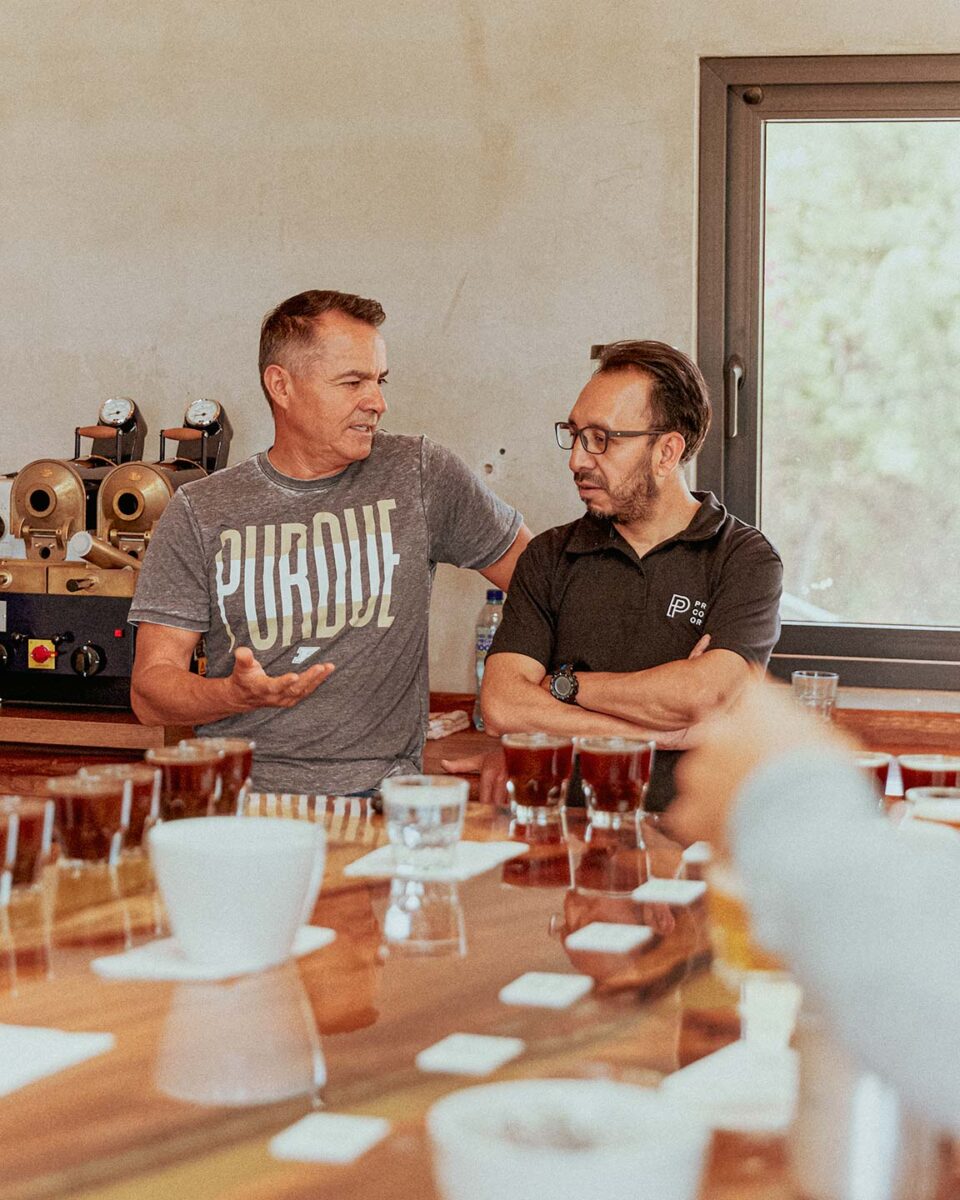
Work starts at farm level
Eduardo, together with his wife Luisa and younger brother Edwin, founded Prisma Coffee Origin with a primary focus on exporting green coffee beans. However, the company also places great emphasis on understanding the distinct nuances of each coffee and advising producers on the ideal processing method and variety suited to their specific needs.
The key to their consulting services is their regular cuppings at farms. Prisma has its own cupping lab, but Eduardo makes it a point to visit the farms as much as he can. Although the Covid-19 pandemic temporarily halted this practice, he has since resumed the farm visits and cuppings, spending significant time on the farms with cupping equipment in order to bridge the psychological gap created by the pandemic.
“When I roast and cup coffee at the farms alongside the farmers, my words hold more weight. It’s surprising how many farmers don’t know what kind of coffee they’re growing or what it tastes like. Cupping their coffee together is an effective way for us both to learn and improve.”
By participating in these opportunities, producers gain a greater understanding of coffee as a beverage and are inspired to improve the quality of their coffee. Nonetheless, if they make the wrong decisions, all their hard work will go down the drain.
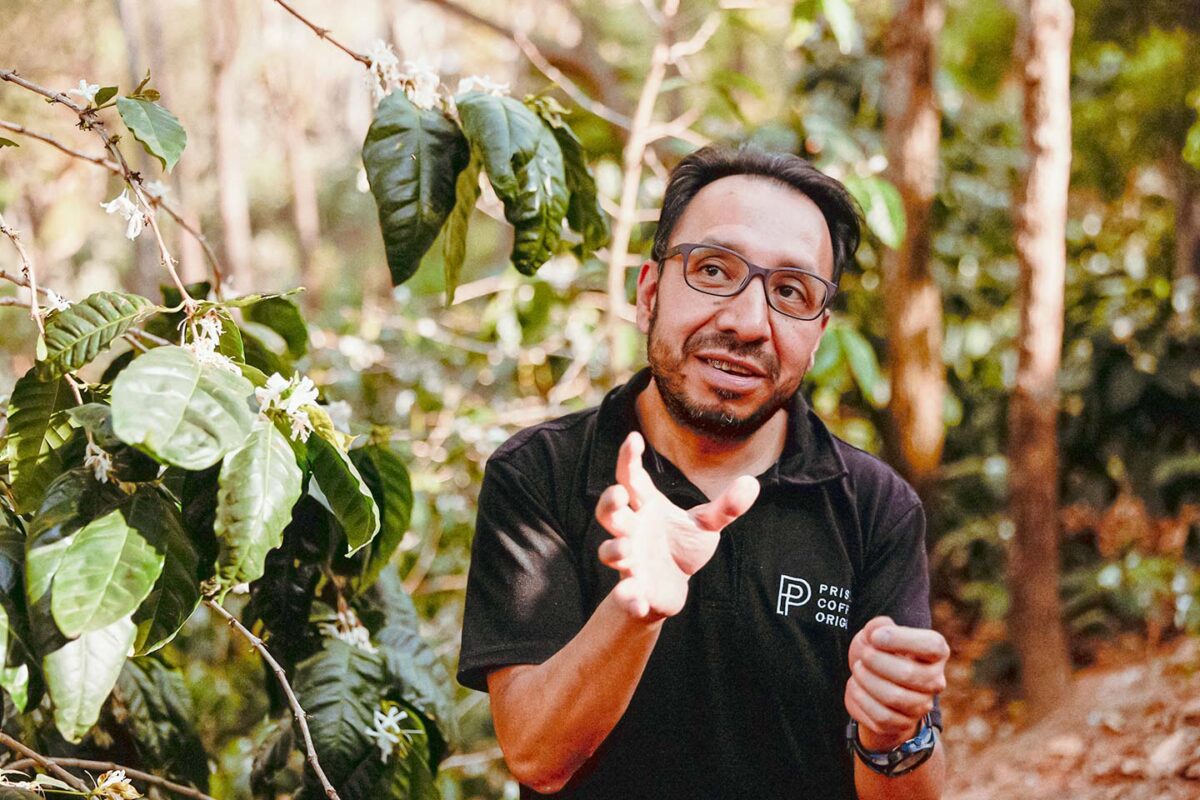
“In the coffee industry, there is a wealth of information available about market trends, and new varieties are constantly being introduced. However, it’s important to keep in mind that not all varieties can be grown in every region. Producing a certain variety can take four to five years to show results, and in that time, market trends may have shifted, leading to potential financial loss.
Our goal at Prisma is to provide producers with the knowledge and guidance they need to make informed decisions about which varieties to grow, how to process their coffee, and how to design their farms. With the right knowledge, they can avoid costly mistakes.”

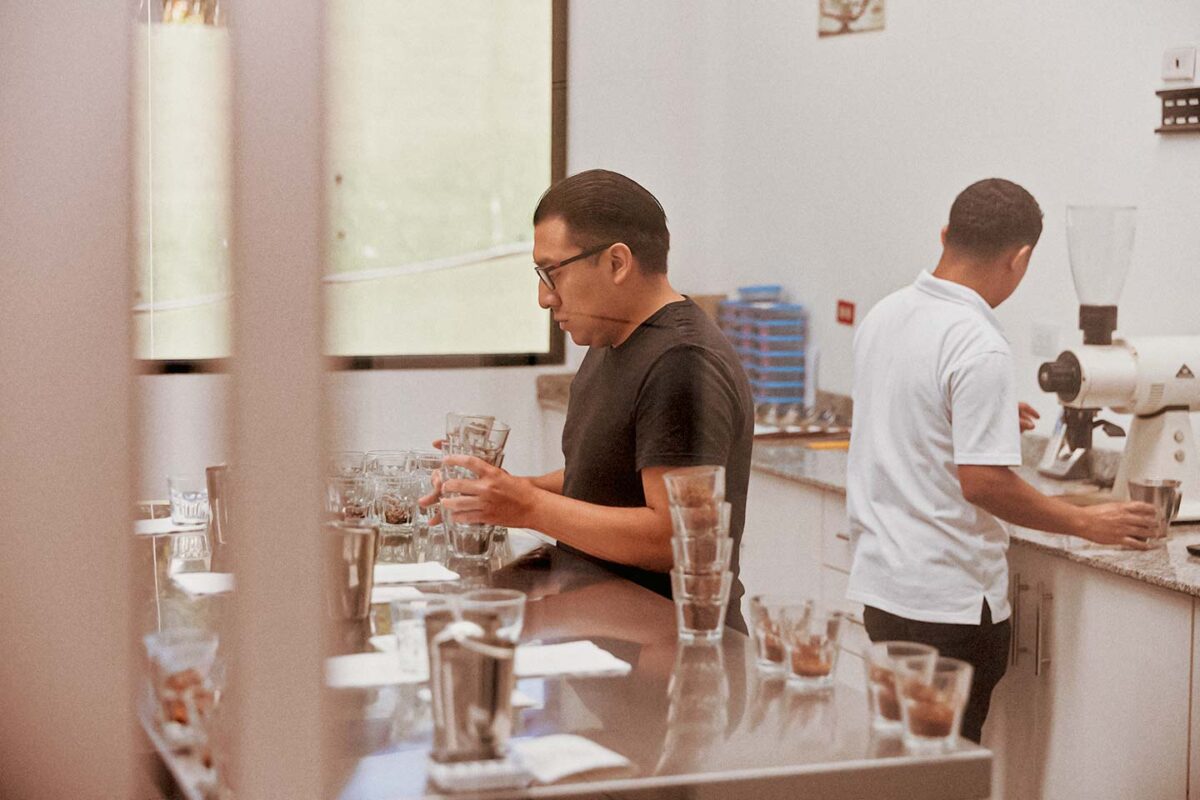
Delving deeper into coffee
Eduardo’s journey into the world of coffee began when he was just 15 years old. For a school assignment, he interned with a coffee exporter where he was introduced to the art of cupping. Eduardo watched as the cuppers relied on their own senses to determine the quality of the coffee. As he joined the cupping table, he realized that each coffee had its own unique taste.
“I was amazed and captivated by the range of tastes. I became curious to know what it was that made the difference.”
As Eduardo’s internship was nearing its end, he found himself more and more attached to the coffee exporter where he was assigned. He was so taken by the world of coffee that he asked the manager for a job even if it meant working without pay. Without being told, Eduardo went about cleaning cups and desks, and preparing coffee samples. It was clear that he was determined to take the chance to learn more. After much persistence, the manager finally relented and agreed to hire Eduardo, paying him for his work.
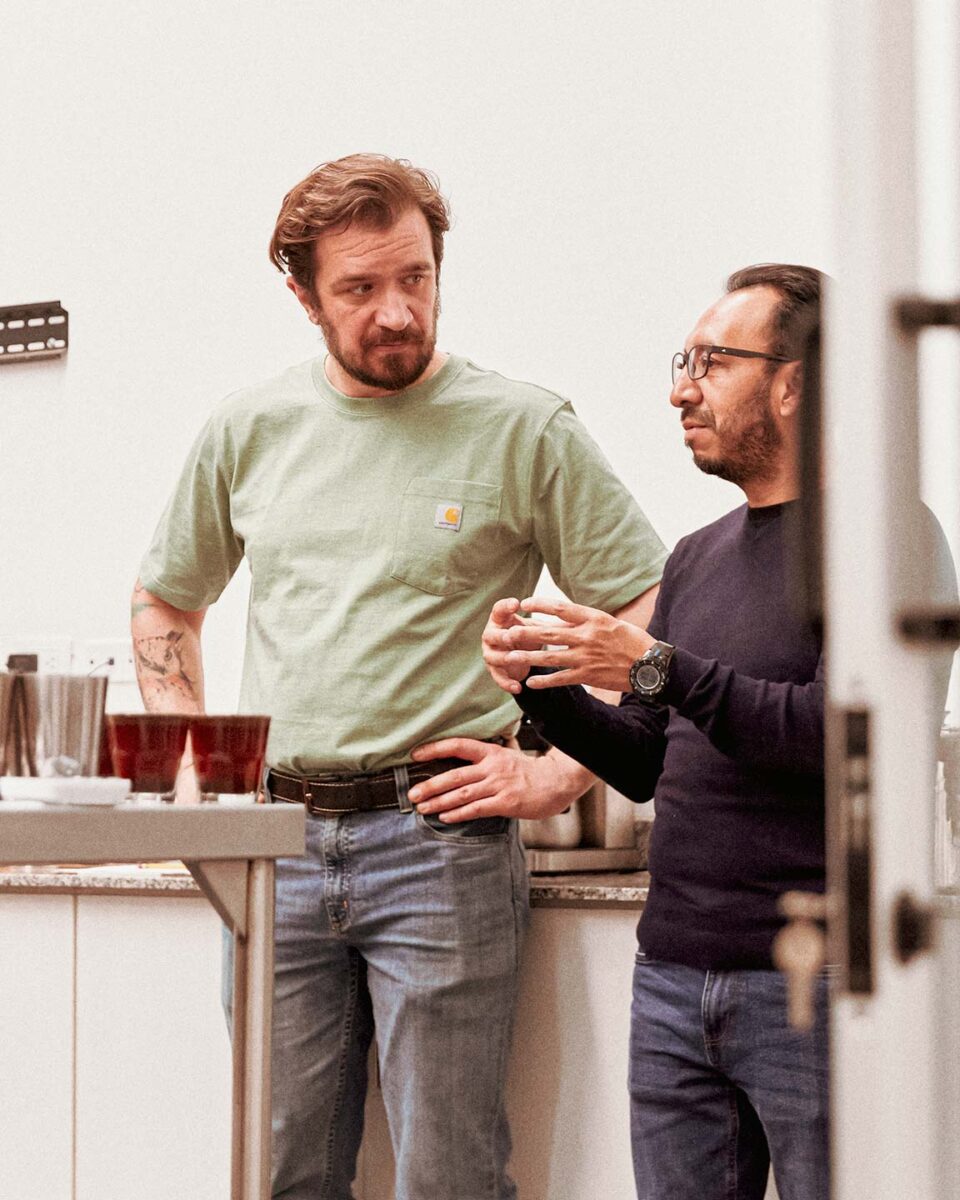
Eduardo worked at the exporter for a couple of years before moving on to work at ANACAFE, where he spent over 20 years in their quality control department. During this time, he honed his skills in determining coffee quality through countless cuppings. He also served as a head judge for the COE and as a Q instructor for the Coffee Quality Institute, working both at home and abroad.
Despite his success as a coffee professional, Eduardo felt he wasn’t using his experience and skills to their full potential while working full time. After much consideration, he decided to start his own business. Initially, he provided consulting services to coffee producers, but the response was underwhelming.
“I told them they should really work on improving the quality of their coffee, but it was just too expensive for them. That’s when I had this idea to connect them with communities around the world that I know. I thought it would be a way for me to use my skills to bring producers and buyers together. That’s how I started Prisma.”

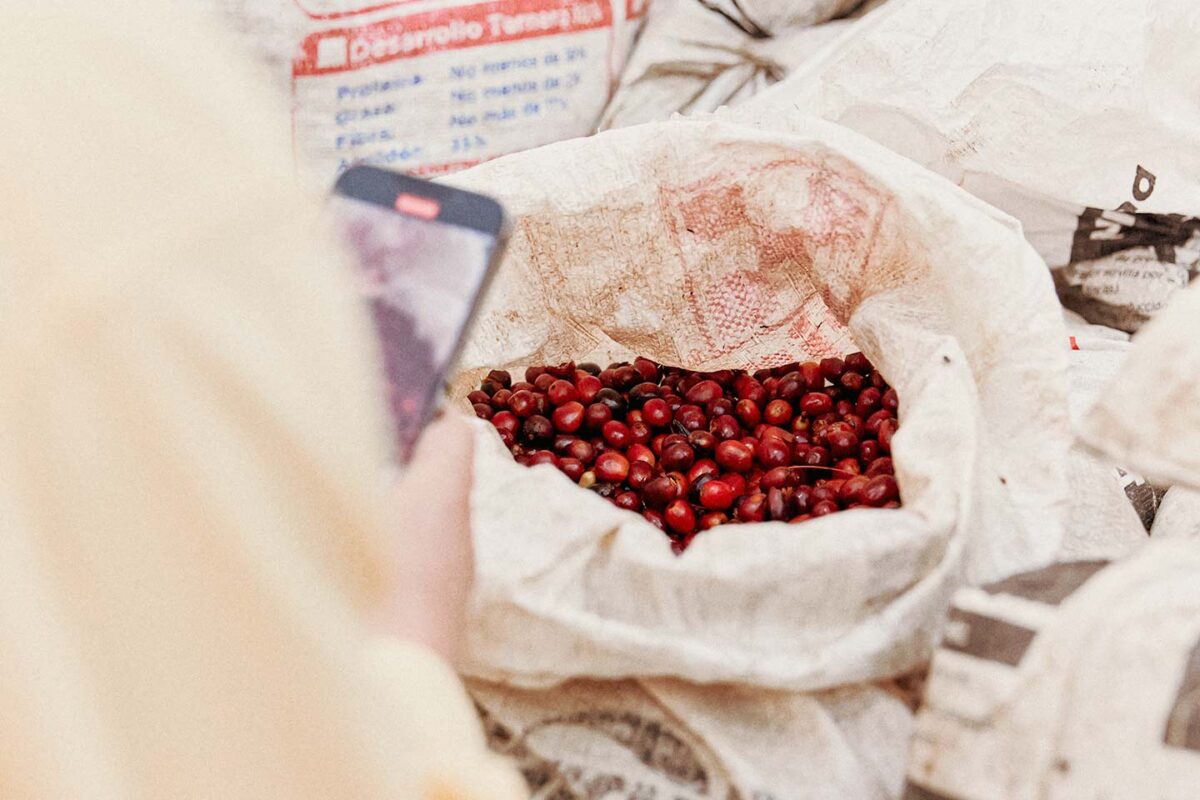
First step makes difference
Prisma places quality above all else and therefore does not engage in the trade of commercial coffees. However, transitioning producers into specialty coffee, which demands significant time and effort, is no simple feat. Some of the producers he approaches show reluctance towards specialty coffee, as they perceive the procedures of sending samples and cupping, which Eduardo insists on, to be tedious and time-consuming.
“Farmers know how to make quick cash. Selling ripe coffee cherries to a middleman, even at a lower price, means getting cash on the spot and securing immediate income.”
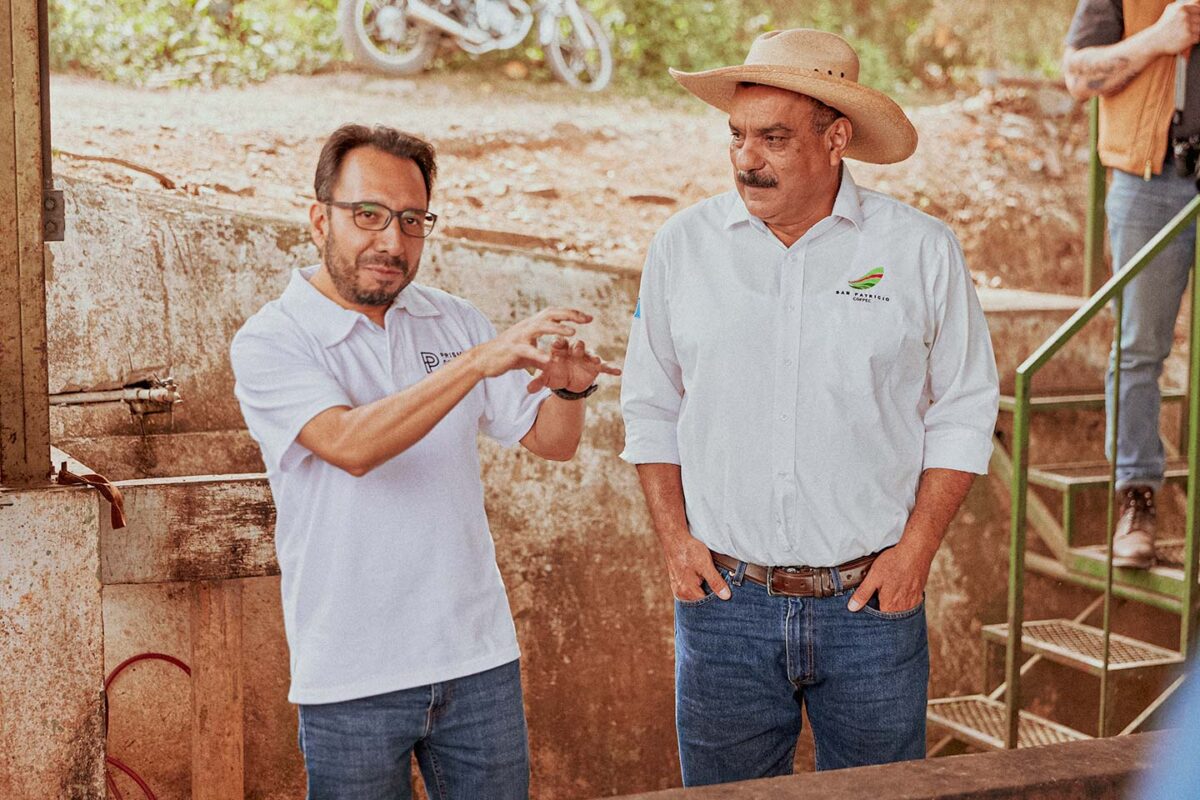
Eduardo encourages farmers who currently sell their coffee cherries as-is to consider transitioning to specialty coffee by processing small quantities of cherries. While this may require an additional three to four weeks between harvest and shipment, the added value can result in a higher selling price. Fortunately, there are various processing methods available, with the natural method being a relatively simple option that doesn’t require significant capital investment.
Some producers who took Eduardo’s advice have found success. They started small, processing just two bags of green beans, but were able to sell them at a high price, which motivated them to shift their focus entirely to specialty coffee. Even Eduardo’s family members got on board, with his parents, uncles, and cousins switching over as well. Today, the family can fill a container with their specialty coffee, and production continues to increase.
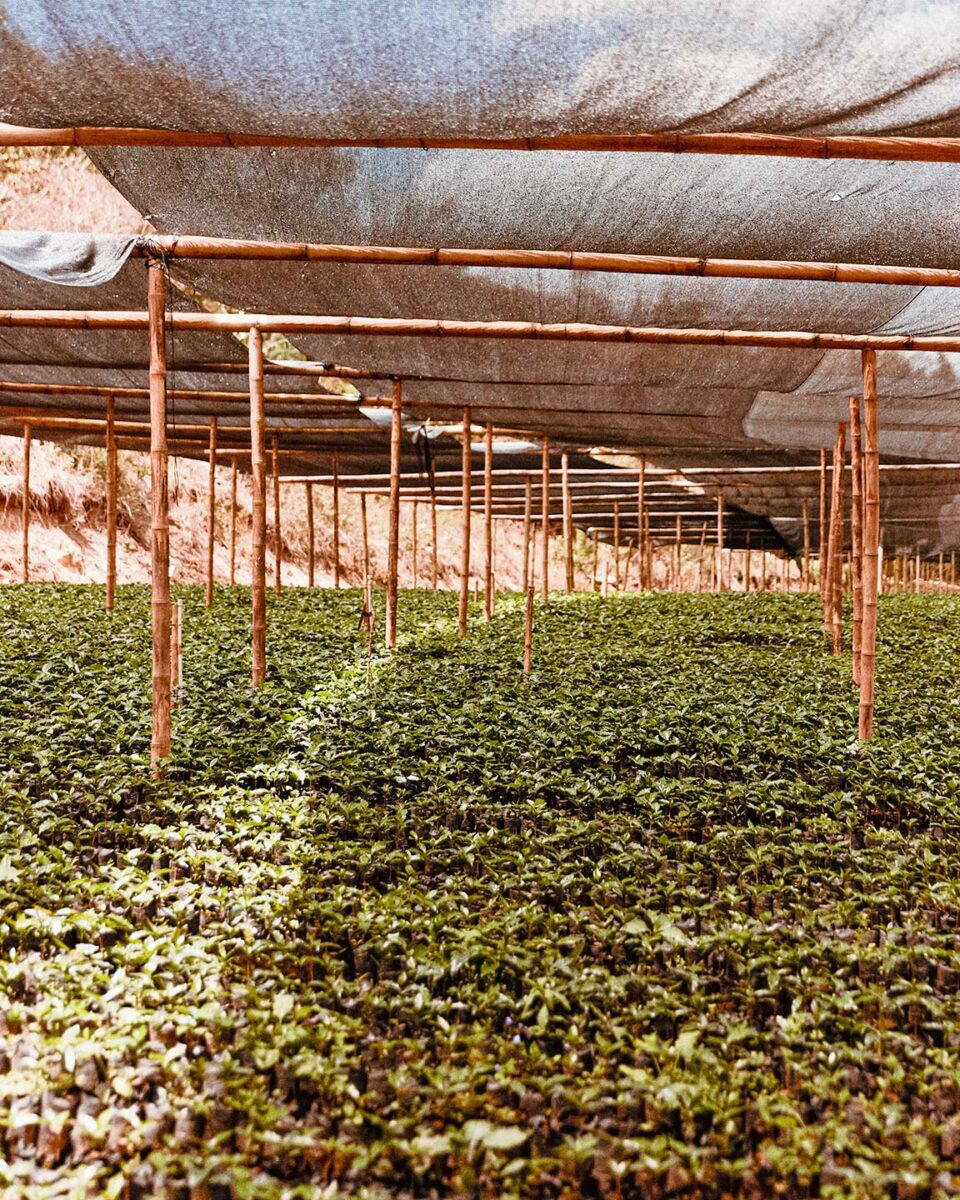
Eduardo also encountered another farmer who was producing high quality coffee on his farm but was not aware that there was a specialty coffee market. Eduardo recognized the potential and recommended that the producer separate his coffee by variety to enable him to determine the most suitable sales channel for each lot.
“When farmers make a modest effort, they begin to see the potential of their farms. While it might take a bit of time for them to get started, eventually they find their footing and gain momentum. Nevertheless, they have daily obligations to attend to. That’s where we come in. Our job is to provide an atmosphere in which they can gradually ease into specialty coffee and acquire the necessary funding. After all, even the most magnificent diamond needs polishing to reveal its brilliance.”

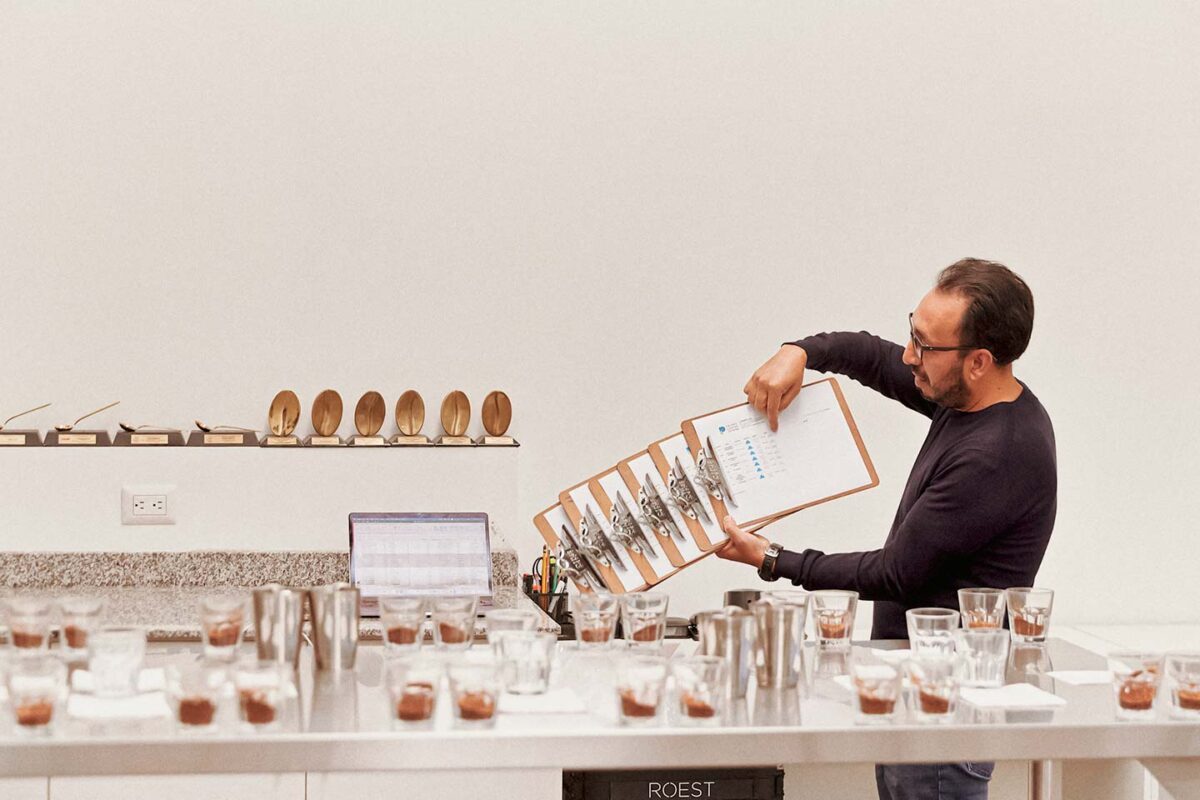
Making specialty coffee part of Guatemalan culture
Back in the 1990’s, specialty coffee was a rarity in Guatemala, and producers were unable to market their high-quality beans despite their ability to differentiate between good and bad coffee. However, the coffee industry has gone through a significant transformation in the past two decades. The Cup of Excellence, with its innovative concept of evaluating coffee through competition and ranking, linking the assessment to the selling price, inspired Guatemala to become the second country in the world to host the COE after Brazil.
“The shift in the market is one of my biggest motivations,” says Eduardo. “Before, even if a producer grew a distinct coffee, there were no buyers. But now, consumers value these coffees and are willing to pay a premium for the quality and hard work of the farmer.
It’s exciting to hear the younger generation’s deep understanding of coffee during events like COEs. The wealth of their knowledge is incredibly inspiring to me.”
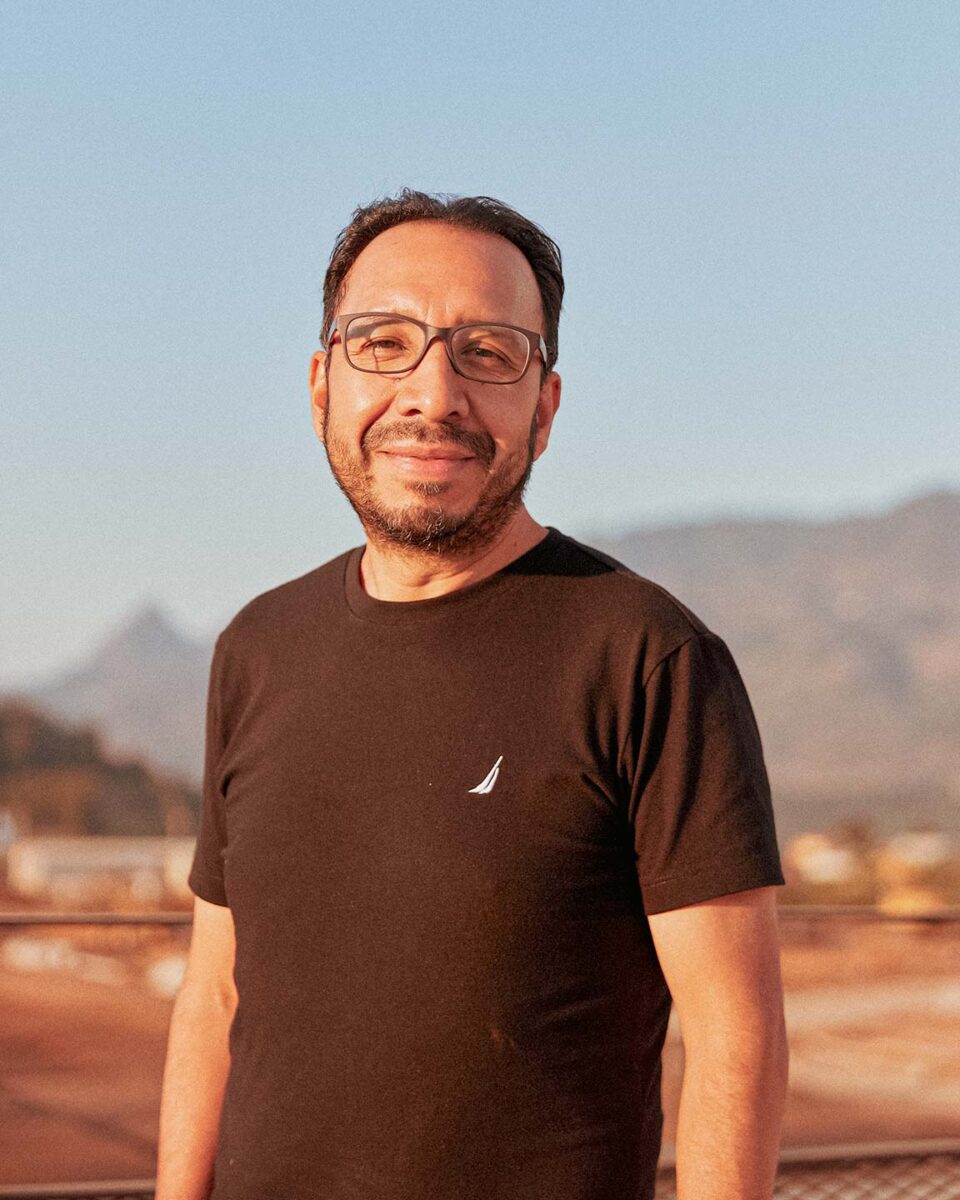
Over the past few years, Eduardo has spent almost half of his time participating in COE-related activities and delivering lectures to promote specialty coffee. One of the reasons behind his efforts is that although coffee is a preferred functional beverage, it is still lagging behind other luxury items like wine in terms of consumer awareness. Nevertheless, Eduardo believes that this presents an opportunity for growth.
“There are 125,000 coffee farmers in Guatemala alone. Despite the language barrier, cultural differences and physical distance, I believe there are more farmers with hidden potential. My goal is to deepen my relations with these producers and create one specialty coffee community, cultivating it into a culture.”
It has been a decade since the company’s establishment, and many of the producers Eduardo collaborated with have become influential figures in the industry, forming new connections along the way. These connections transcend beyond the producer and Prisma, as the stories he unearths are shared with consumers, making the coffee-drinking experience even more extraordinary.
Like a prism that separates a beam of light into a rainbow of colors, Eduardo aims to showcase the unique character of Guatemalan coffee and the rich diversity of its farmers. His journey goes on.
Text: Takuya Takemoto
Photos: Standart